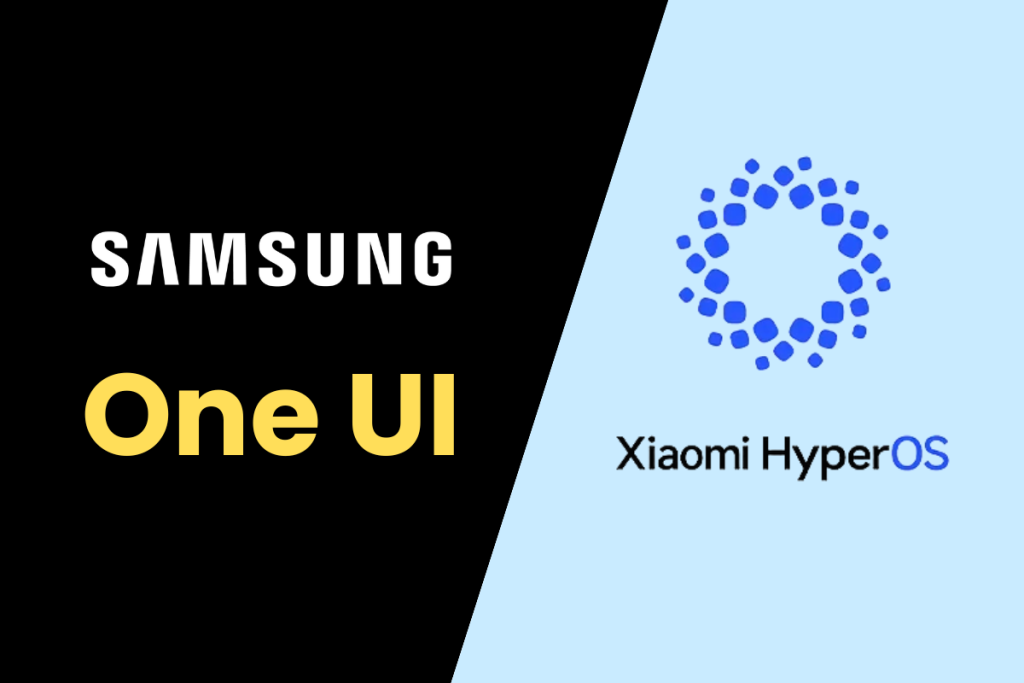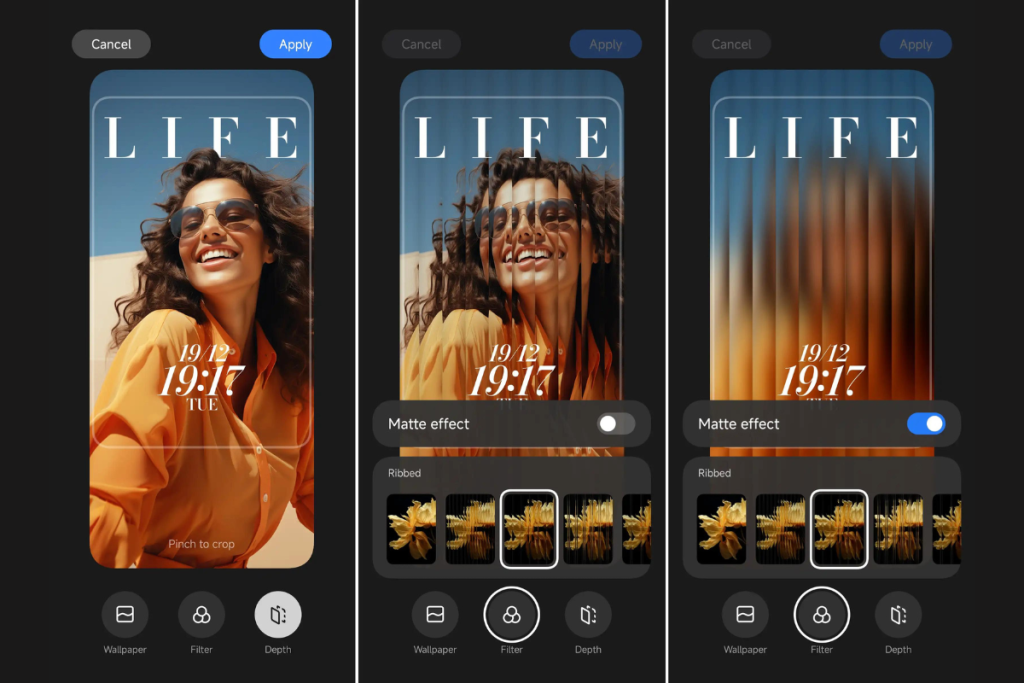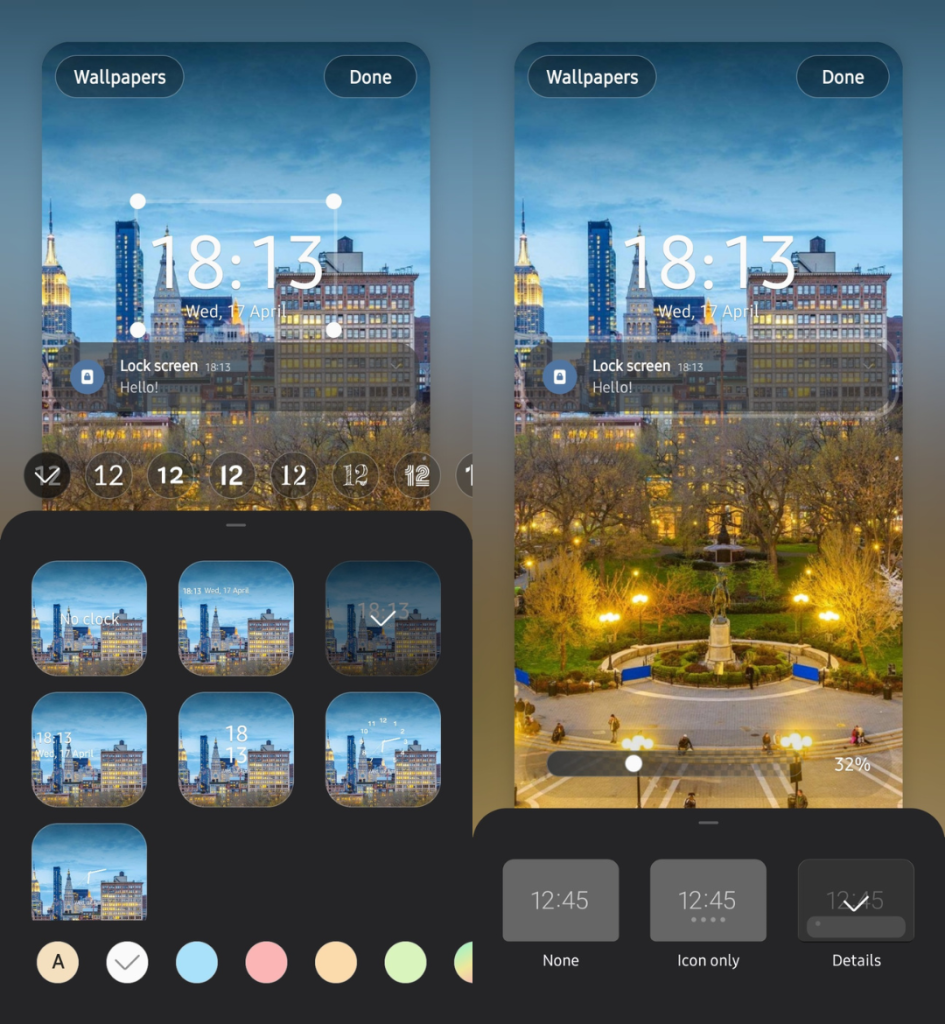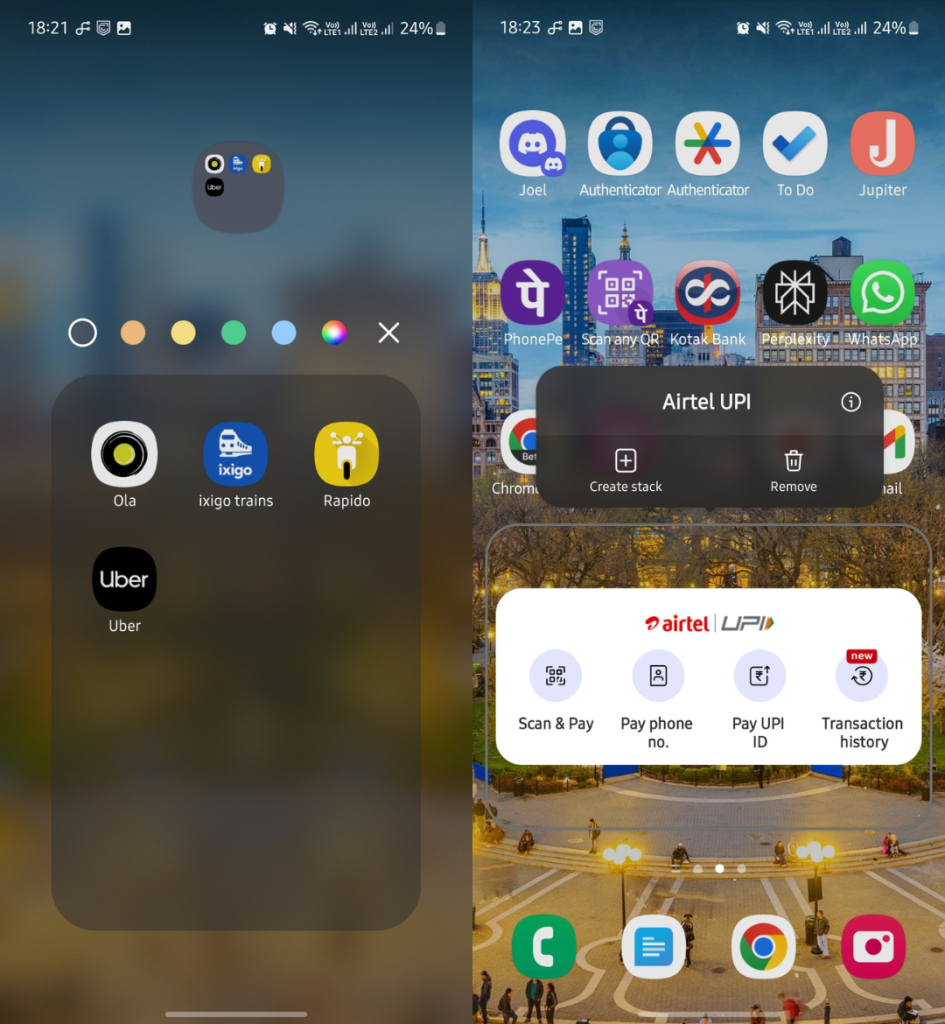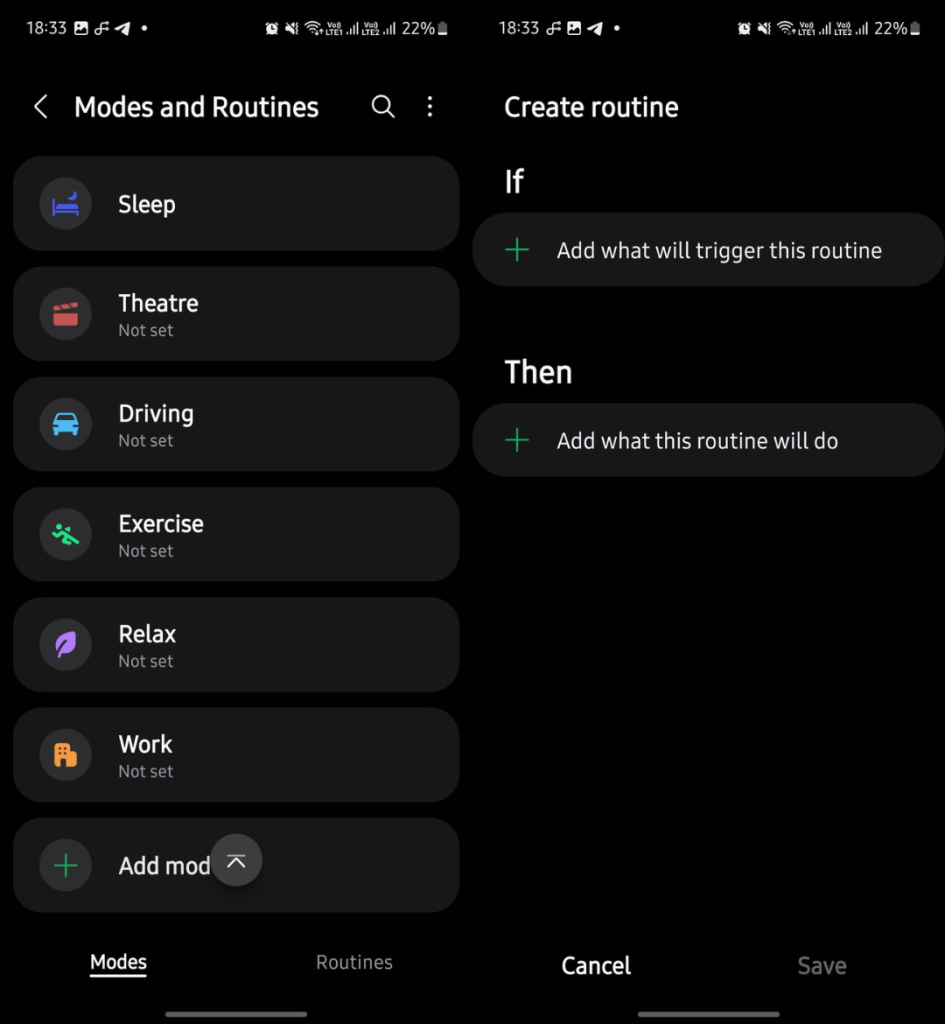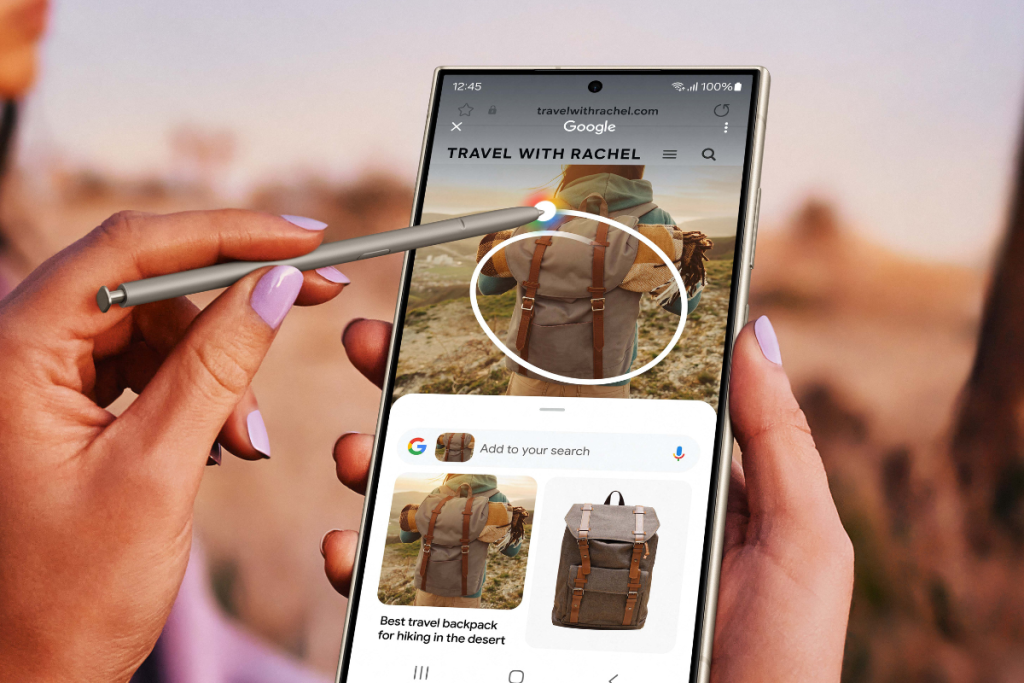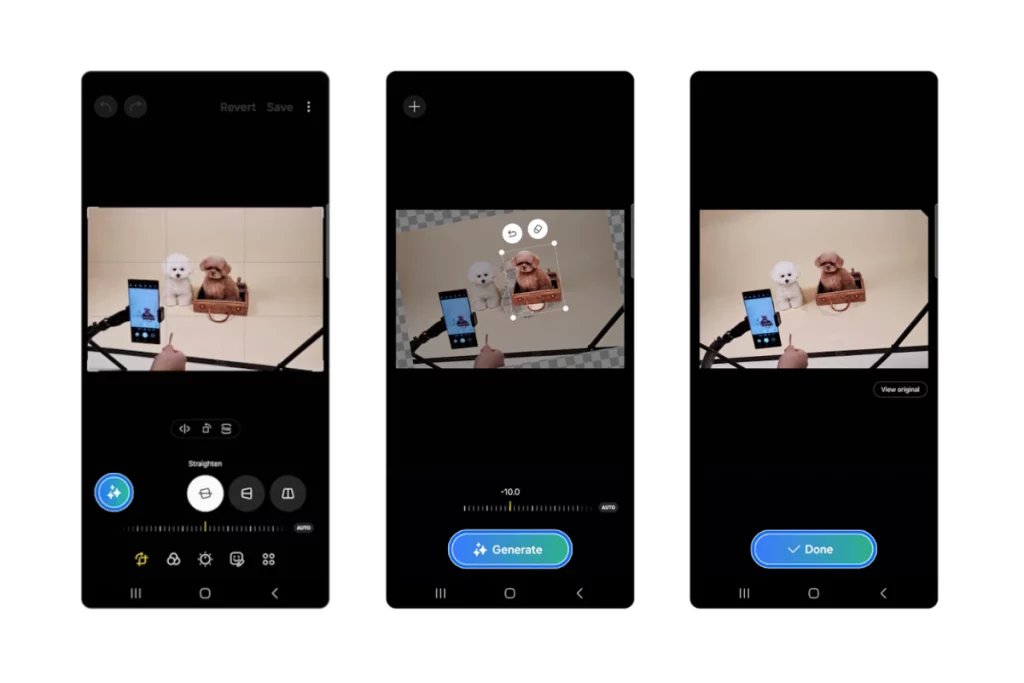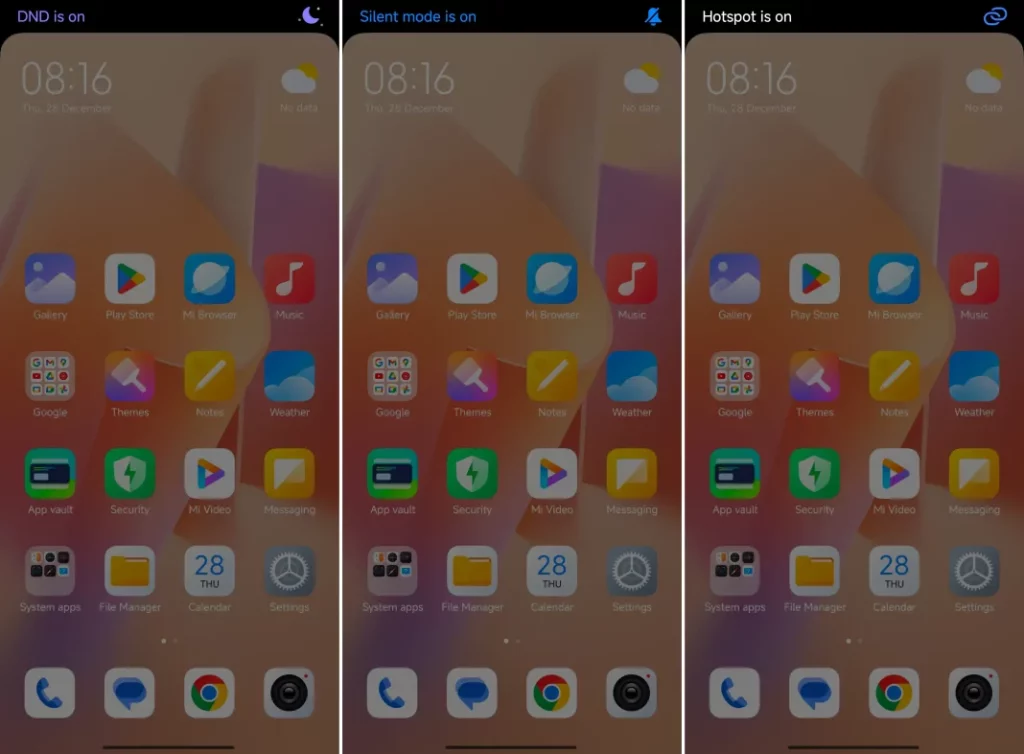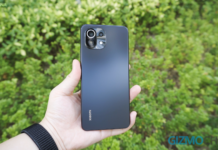Xiaomi and Samsung are two of the biggest smartphone manufacturers. Their devices boast powerful hardware, but how does their software compare with each other? Although HyperOS and One UI are based on Android, they differ greatly in terms of customization, design, and AI features.
In this HyperOS vs One UI article, we’ll look at the major differences between the two popular custom skins.
HyperOS is the latest brainchild from Xiaomi, and it has been released after years of work. It has a lot of differences from MIUI, which you can read in this HyperOS vs MIUI post. We’ll compare it with the latest version of Samsung’s custom skin – One UI 6.1.
Also Read: 6 Amazing One UI 6.1 AI Features You Can’t Ignore
1. Lock Screen
You see the lock screen countless times every single day. So, let’s begin with it. Both HyperOS and One UI 6.1 offer plenty of lock screen options; however, HyperOS has lots of lock screen layouts to choose from. It also gives you the option to add depth effects.
One UI 6.1, on the other hand, lets you add multiple widgets to the lock screen. It also allows showing a wallpaper on the Always on Display (AOD) screen. However, as I write this post, this feature is only limited to the Galaxy S24 series.
One of the things I really like about HyperOS is that the AOD to lock screen animation is way better than in One UI 6.1.
2. Home Screen
One UI 6.1 gives you more home screen widgets than HyperOS, giving you more options to customise your home screen. You can even stack multiple widgets for easier access and to save space for more icons and widgets. This feature is also present in iPhones.
HyperOS has super folders, which give you many ways to sort apps in folders. This feature can be beneficial if you have a lot of apps on the home screen. One UI 6.1 doesn’t have it but allows you to change the background colour of app folders to identify them quickly.
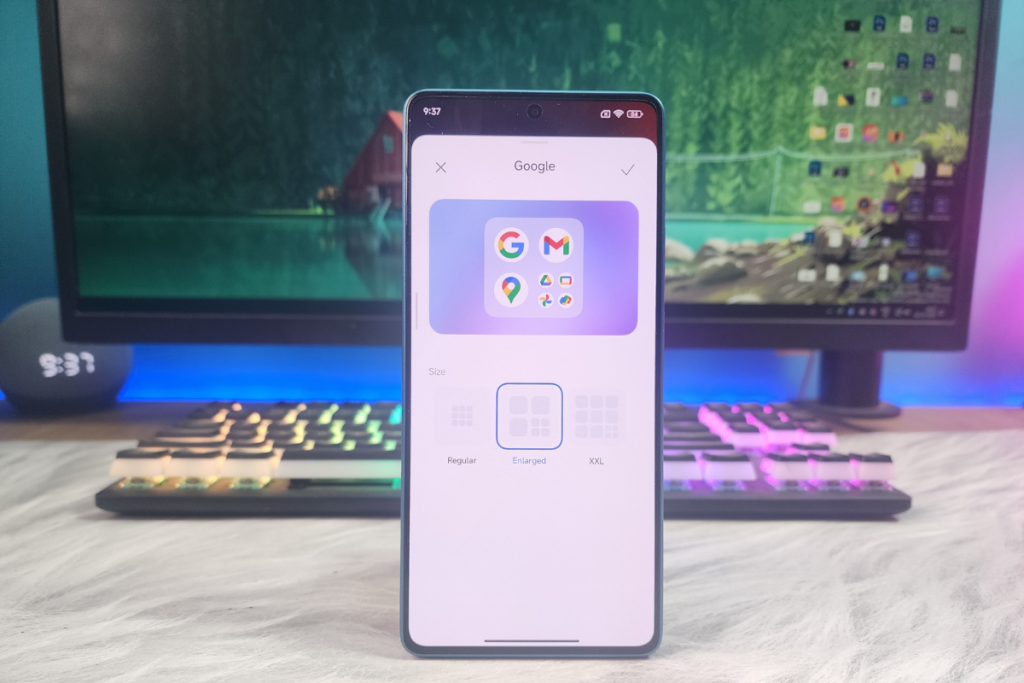
3. Control Center
HyperOS has an iOS-inspired control center with big toggles for Wi-Fi and mobile data at the top. The brightness and volume sliders are also very big to be able to identify them quickly. By default, app labels are hidden, which could make it challenging to identify which icon does what unless you’re used to it, though an option exists within settings to make them visible.
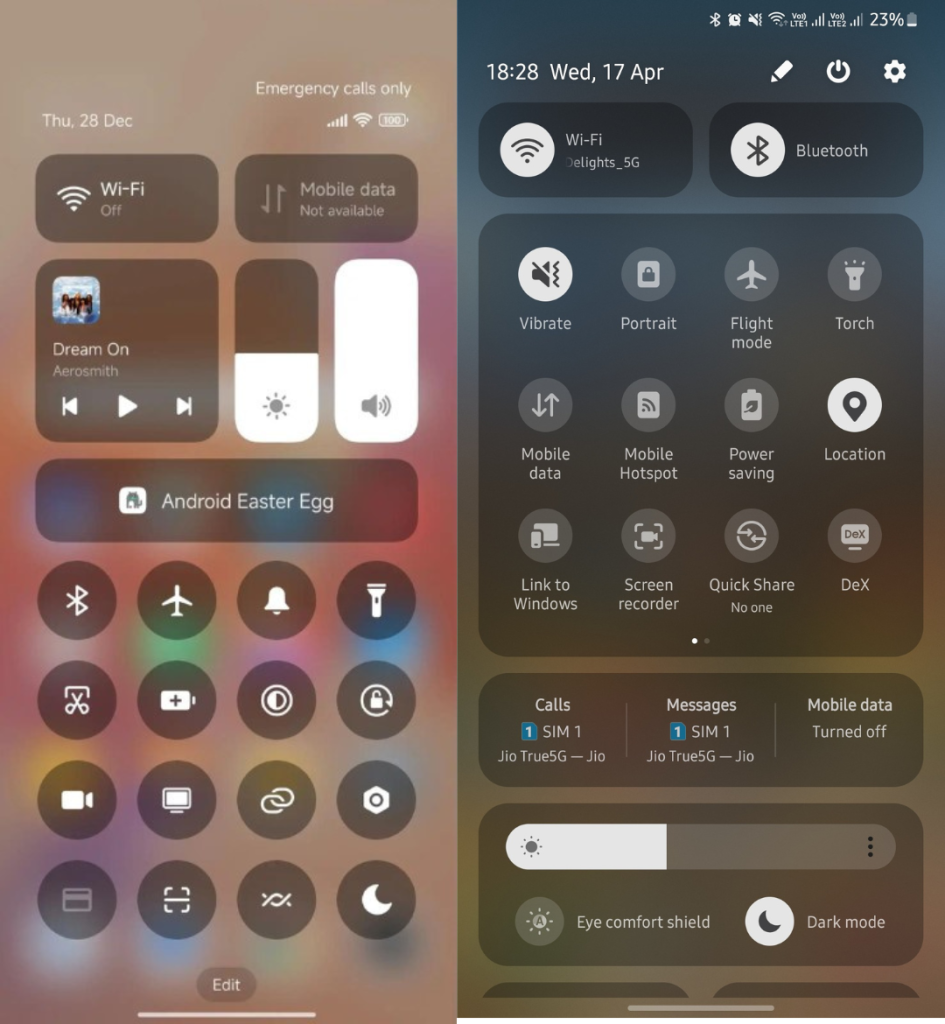
One UI 6.1 splits the quick panel (control center) into multiple areas. There are two large shortcuts at the top and then a section housing most shortcuts. Below that is a small section dedicated to SIM selection for calls, messages, and mobile data.
While both HyperOS and One UI 6.1 allow rearranging shortcuts in the control center, the former reveals all shortcuts on a single scrollable page, and the latter needs to swipe right or left.
4. Customisation
One UI 6.1 offers several advantages over HyperOS in terms of customisation. Firstly, there’s a colour palette option, which sort of refreshes the whole experience by changing the colour scheme. You wouldn’t find this option in HyperOS.
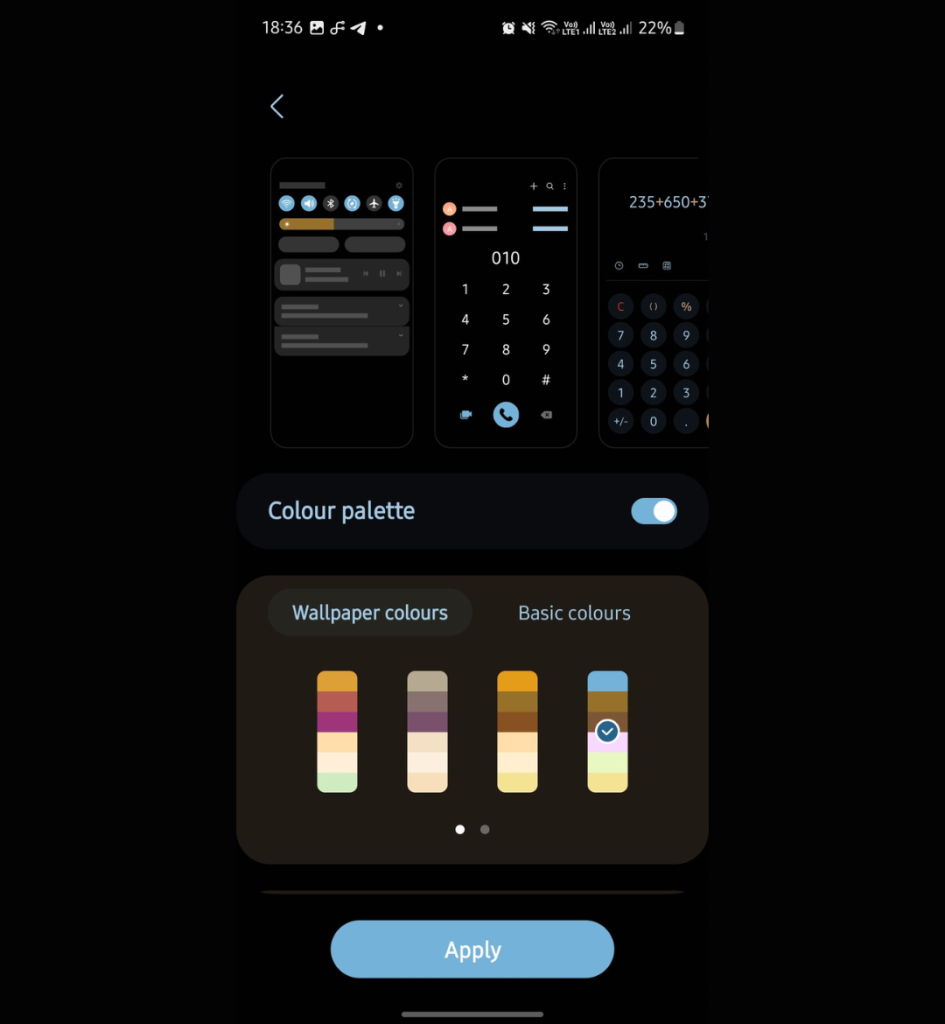
You have more AOD and home screen customisations, as we mentioned earlier. One of the things that I love about One UI 6.1 is its “Modes and Routines” feature. You can use it to enable/disable selected features at a specific time or place. One of my useful routines enables DND and AOD when I reach my workplace.
5. Performance
Both HyperOS and One UI 6.1 give a snappy experience. However, HyperOS has a slight edge over One UI, though the difference is minimal.
6. AI Features
This is where One UI 6.1 leaves other Android custom skins in the dust, including HyperOS. It offers plenty of AI features, some of which might save you a lot of time. Except for some AI editing within the Gallery app, none of these AI features are found in HyperOS.
– Circle to Search
You can search for anything showing on your screen without opening another app. Just press and hold the home button or navigation bar and circle anything on your screen. HyperOS doesn’t offer this feature or anything similar.
– Powerful Gallery App
The Gallery app in One UI 6.1 gets AI smartness to help you move, remove, or resize the people and objects in photos. It will automatically generate background to fill in any missing portions. The custom skin also gives automatic editing suggestions.
HyperOS is not completely out of the picture here, as it also offers generative fill and the ability to cut out a subject from an image for background removal or save it as a sticker. Both HyperOS and One UI 6.1 let you change the image background.
One excellent addition to One UI 6.1 is the ability to see any videos in slow-mo just by holding on to it. You can even change the speed and save the video.
– Live Translate
One UI 6.1 features real-time translation during phone calls. It’s a handy feature for communicating with people from around the world.
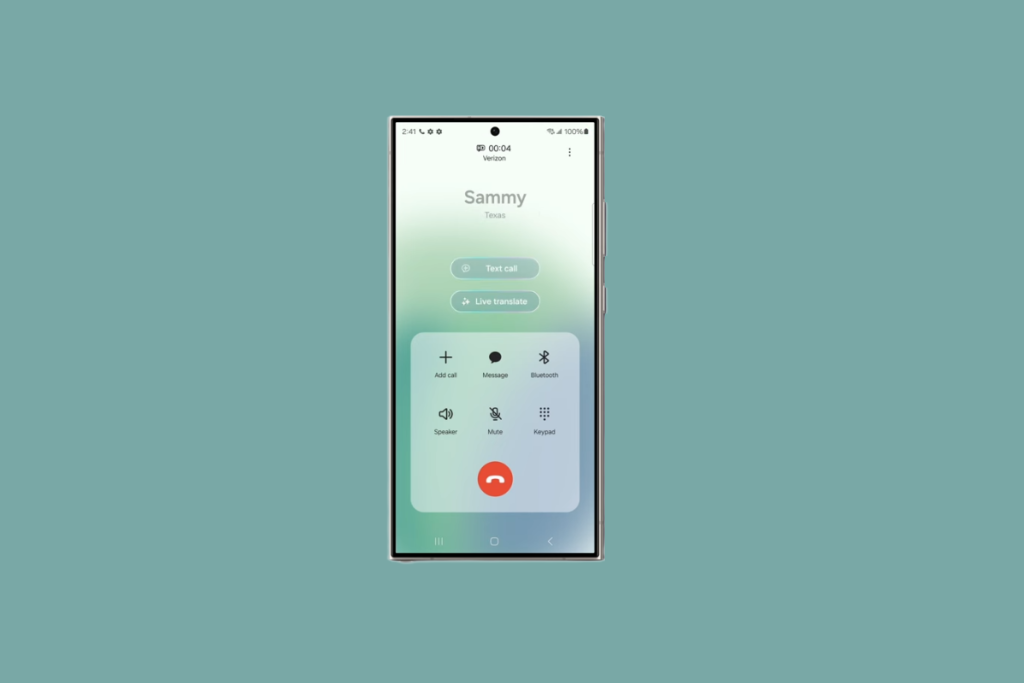
You can choose the language you and the other person will listen to. The best part is that the other person doesn’t need a Samsung phone.
– AI Wallpaper
One UI 6.1 gives you the ability to generate wallpapers. Although it’s a great option to generate wallpapers based on your needs, there is a limited set of keywords to choose from.
– Browser Assist
Browser Assist in One UI 6.1 can quickly summarise and translate webpages. Using this feature, you can quickly understand the content without having to read through the entire article. You can also translate a webpage into the language of your choice.
– Note Assist
The Notes app in One UI 6.1 also gets AI smartness with the ability to auto format notes, translate language, summarise text, and correct grammatical mistakes. These AI features are helpful and can save you a lot of time if you take a lot of notes.

– Interpreter
The interpreter feature in One UI 6.1 helps you talk with someone face to face who doesn’t understand your language. Select your language and the other person’s language and start the conversation.
YouTubers do a lot of podcasts and interviews where the interpreter can play a crucial role.
7. Dynamic Notch
Similar to Apple’s Dynamic Island, HyperOS-powered smartphones have a dynamic notch feature, which works when you connect the charger, turn on Battery Saver, enable Do Not Disturb (DND), switch to silent mode, and turn on the hotspot.
The dynamic notch in HyperOS only works with a few actions, but it’s a cool visual element to have, which One UI lacks.
HyperOS or One UI: Which Is Better?
Both HyperOS and One UI are great, but picking one of them really depends on your needs and priorities. HyperOS gives you a minimalist experience with better lock screen customizations and integration with Xiaomi products. One UI 6.1, on the other hand, offers more customisations, widgets, and AI features. Last but not least, Samsung phones with One UI 6.1 better integrate with Windows.
Make a list of your priorities and features you want, and then choose between HyperOS and One UI. Let me know if you need more help by dropping your queries in the comments below.
More HyperOS Stories:
1. Top 6 HyperOS Features You Absolutely Can’t Miss
2. Install HyperOS on Xiaomi, Redmi, and Poco Devices in 3 Ways
3. These Devices Have Already Received the HyperOS Update

